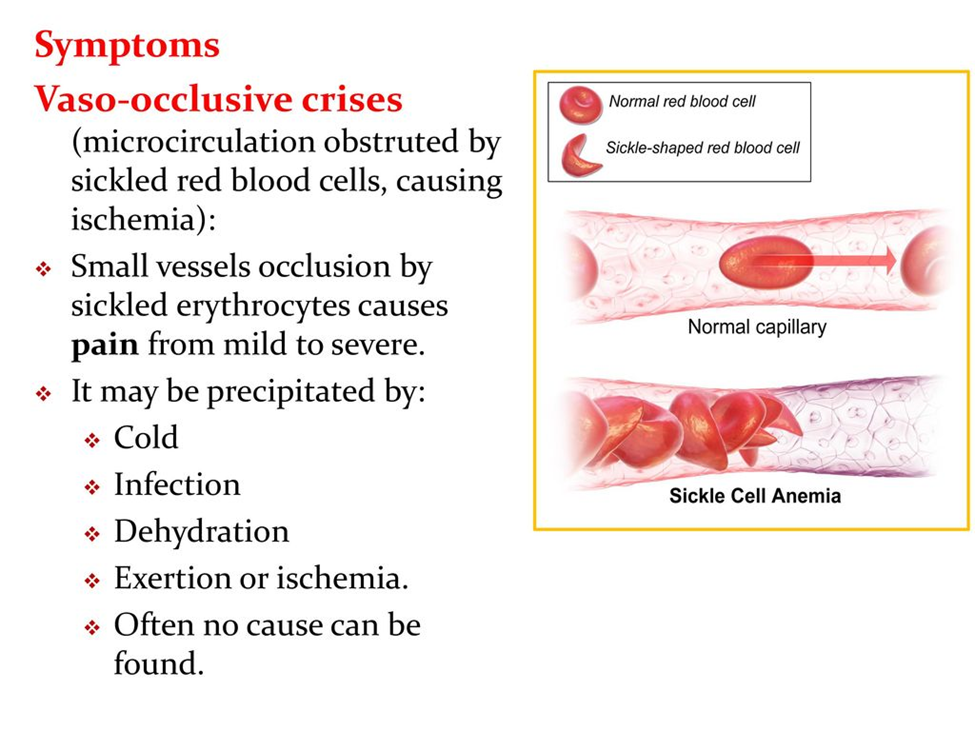A nurse is providing teaching to the parent of a child about home care following a cardiac catheterization. Which of the following statements should the nurse include?
"You should give your child aspirin if they report pain at the site."
"You can remove the pressure dressing 8 hours after the procedure."
"Your child can soak in the bathtub 24 hours after the procedure."
"Your child should avoid strenuous physical activities for several days."
The Correct Answer is D
A. "You should give your child aspirin if they report pain at the site."
This statement is incorrect. Aspirin is a blood-thinning medication that can increase the risk of bleeding, which is particularly concerning after a cardiac catheterization procedure. It is not recommended to administer aspirin unless specifically instructed by the healthcare provider.
B. "You can remove the pressure dressing 8 hours after the procedure."
This statement is incorrect. The pressure dressing applied after a cardiac catheterization procedure is typically left in place for a specific period of time, as determined by the healthcare provider. The dressing helps prevent bleeding at the insertion site. It is essential to follow the healthcare provider's instructions regarding the timing of dressing removal.
C. "Your child can soak in the bathtub 24 hours after the procedure."
This statement is incorrect. Immersing the insertion site in water, such as soaking in a bathtub, should be avoided for a certain period after a cardiac catheterization procedure to reduce the risk of infection. The healthcare provider will provide specific instructions on when it is safe for the child to bathe or shower.
D. "Your child should avoid strenuous physical activities for several days."
This statement is correct. After a cardiac catheterization procedure, it is typically recommended to avoid strenuous physical activities for a specified period to allow the insertion site to heal properly and reduce the risk of complications such as bleeding or hematoma formation.
Nursing Test Bank
Naxlex Comprehensive Predictor Exams
Related Questions
Correct Answer is D
Explanation
A. Temperature of 38°C (100.4°F):A mild fever is not a contraindication for the MMR vaccine. In fact, a low-grade fever is common after immunizations and does not warrant withholding the vaccine.
B. Family history of sudden unexpected infant death (SUID): While a family history of SUID may be concerning, it is not a contraindication for administering the MMR vaccine. This history would not directly impact the safety or effectiveness of the vaccine.
C. Taking an antihistamine for seasonal allergies: Taking an antihistamine for seasonal allergies does not typically contraindicate the administration of the MMR vaccine. Antihistamines are generally safe to use with vaccines, and they do not interfere with the immune response to the vaccine.
D. Receiving prednisone for nephrotic syndrome:Prednisone is an immunosuppressive medication. Children receiving high-dose corticosteroids (such as prednisone) should avoid live vaccines like MMR
Correct Answer is C
Explanation
A. "Avoid immunizing your child with the meningococcal vaccine."
This statement is incorrect. Children with sickle cell anemia are at increased risk of infections, including meningococcal disease. Immunization with the meningococcal vaccine is recommended to help prevent this serious infection.
B. "Restrict the time your child spends playing outdoors."
While it's important for children with sickle cell anemia to avoid extreme temperatures and stay hydrated to prevent triggering a vaso-occlusive crisis, completely restricting outdoor playtime may not be necessary. It's essential to encourage appropriate hydration and dress warmly in cold weather but allowing outdoor play in moderation can be beneficial for physical activity and socialization.
C. "Increase your child's intake of oral fluids."
This is a correct statement. Adequate hydration is crucial for children with sickle cell anemia to help prevent vaso-occlusive crises and maintain overall health. Increasing oral fluid intake, particularly water, can help prevent dehydration and promote circulation of sickle-shaped red blood cells.
D. "Provide your child with a high-protein diet."
This is also a correct statement. A diet rich in high-quality protein can help support healthy growth and development in children with sickle cell anemia. Protein is important for building and repairing tissues, including red blood cells. However, it's essential to ensure a balanced diet that includes a variety of nutrients, not just protein.

Whether you are a student looking to ace your exams or a practicing nurse seeking to enhance your expertise , our nursing education contents will empower you with the confidence and competence to make a difference in the lives of patients and become a respected leader in the healthcare field.
Visit Naxlex, invest in your future and unlock endless possibilities with our unparalleled nursing education contents today
Report Wrong Answer on the Current Question
Do you disagree with the answer? If yes, what is your expected answer? Explain.
Kindly be descriptive with the issue you are facing.
